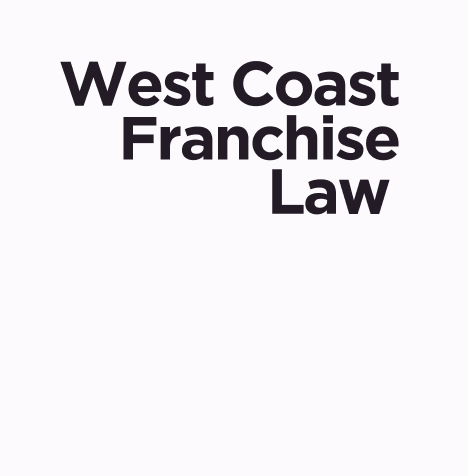Ghost kitchens are fast becoming the new frontier for restaurants wanting to expand their market share. Low costs for real estate and staffing are attractive features of a ghost kitchen but so too is the “delivery only” business model. As food delivery apps become more popular with diners, brick-and-mortar restaurants can find it difficult to keep up with demand especially during busy times during the day. But since ghost kitchens don’t have any dine-in capacity, they’re the perfect model for doing a delivery-only restaurant. However, there are some legal and practical considerations you need to make when you’re opening a ghost kitchen franchise and/or dealing with a third-party delivery service.
Serve Sturdy Meals
If you’re running a ghost kitchen with a delivery-only menu, make sure the items you sell can survive the delivery trip. You don’t want to sell delicate dishes that will arrive smashed or crushed. And you don’t want to sell items that can easily spoil. If your menu isn’t filled with items that are a good fit for this delivery-only model you could find your business quickly overwhelmed with customer complaints or even lawsuits if spoiled food makes customers sick.
Get Customer Data
If you’re looking to open a ghost kitchen franchise, you should only work with experienced franchisors who have customer data that will tell you what works and what doesn’t. Ghost kitchen franchisors should have a solid track record of profits and be connected to food delivery apps that will continue to collect pertinent customer data as the business grows. This data will help you forecast what customers really want and how they are responding to your product. Remember, the ghost kitchen industry, just like the traditional restaurant industry is subject to the changing tastes of customers—you need to have the right data to forecast and respond to those changing tastes.
Choose A Good Location
If you’re opening a ghost kitchen franchise, you’re at an advantage when it comes to leasing a space. Leases are typically shorter for ghost kitchens (10-15 years) and more affordable. Just make sure that you’re in a location that is close enough to your target market that food can be delivered quickly. Try to get a location that is close to lucrative areas such as office parks, college campuses, and wealthy neighborhoods. Also, be sure that you understand historical traffic patterns and sports or cultural events that could impact sales and access. You don’t want to open a ghost kitchen on the outskirts of town only to discover that it takes you an hour to deliver food every week because of the traffic from sports events.
Gain Online Visibility
When you have a brick-and-mortar restaurant, you can rely on foot traffic as a way to advertise your business. But ghost kitchens will need to rely on online visibility. This type of visibility won’t come cheap and there will be a lot of competition. Before you sign a franchise agreement for a ghost kitchen, make sure that there is a solid and sufficient marketing plan. You don’t want your business to be buried by the competition just because they’re more marketing savvy than you. You must have an online presence on the most popular third-party delivery apps available and you must have a plan to protect your reputation.
Negotiate Third-Party Delivery Agreements
When you open a ghost kitchen, third-party delivery agreements are just part of the process. But you will need to consider a few legal and logistical questions:
- Who will be ultimately liable for food that arrives extremely late (and cold)?
- Who is liable if food safety hasn’t been maintained during delivery and a customer gets sick?
- Do you have tamper-proof packaging to ensure that your food is delivered the way you intended?
- Does the third-party delivery service charge the customer a service fee? If so, how will this impact the royalties you pay the franchisor?
- Does the third-party delivery service charge more for your food on their platform? If so, how does this impact your franchise agreement?
- What is the service area of the third-party delivery service? Does that service area conflict in any way with territorial boundaries in your franchise agreement?
As you explore their-party delivery options, make sure that you negotiate menu prices, delivery methods, routes, prices and the use of your trademarks and logos. You should also consider negotiating an exclusivity agreement where the third-party delivery service provider does not deliver food for restaurants that are in direct competition with your business.
If your business is a franchised restaurant, legal and contractual constraints exist around whether you can open a ghost kitchen. Those constraints vary depending on the terms of your franchise agreement, the franchise systems policies with respect to whether you can open a ghost kitchen and the franchise system’s policies. Please consult with us right away if this is your situation and this is something you are considering!

